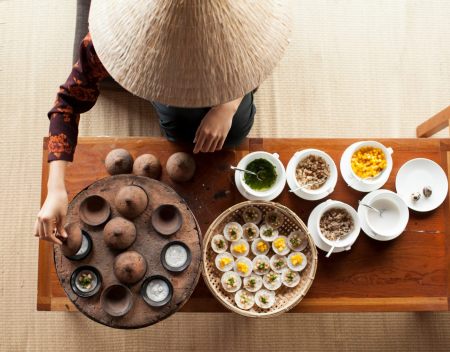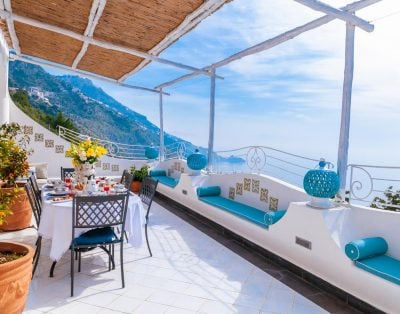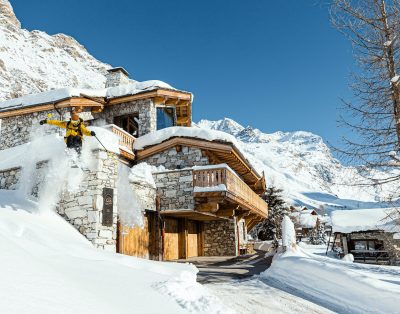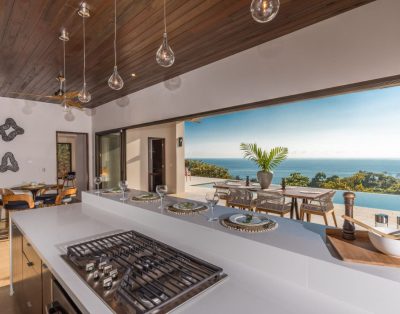Vietnam is a wonderful destination and there is no wrong time to visit. Based on which area you would like to explore and on personal preference you need to consider climatic conditions.
In this article we will take in consideration some of the factors that can help you decide when you should visit Vietnam. The 1,500 km between the mountains up north and the palm-fringed beaches down south involves different climates at every latitude. It’s so common to see Sapa’s scenic rice terraces covered in snow and one day later swim in one of the most beautiful beach hotels like in Phu Quoc.
In general from November and May is considered the best time to visit Vietnam, right after the chilly winter season of the north region, if you like to experience the South region. Around this time, skies are clear across the country and temperatures are mild and not humid. If you travel right after you could experience tropical storms and bouts of heavy downpour.
Throughout much of the wet season rainfall is generally heavy but short lasting, often occurring in a mid-afternoon heavy downpour.
The average temperatures in the south range between 25 – 35°C year round.
In the far south, the islands of Phu Quoc and Con Dao can be enjoyed year-round, with high chances of sunny days, although if visiting outside dry season, afternoon downpours should be expected.
 Climate
Climate
The monsoon season determines the weather in Vietnam, while the months between November and April are usually the driest. However, because Vietnam is narrowly shaped, its primary regions experience different types of seasons throughout the year.
Hanoi & the north, May to October is hot and humid with high rainfall; November to April is cooler and dry. In the far north, December & January can be particularly cold. Central Vietnam experiences hot, dry weather between January & August when temperatures can hit the mid-30°C’s; whilst high levels of rainfall can occur in September, October & November. Southern Vietnam is generally dry and hot from November to April, and warm and wet between May & October, with the highest rainfall in June, July & August.

Credits Haute Retreats
Mountainous Far North
Sapa, Ha Giang, Bac Ha, Mu Cang Chai
The climate in Sapa and Vietnam’s north-west region including Mu Cang Chai is divided into two seasons: the dry season runs from October to late March with the wet season lasting from April to September. It can get very cold and frosty in December and January, especially at night.
The best months to travel in the north-east (Ha Giang) is during the dry season, from October to April, although December and January can get very cold. We recommend avoiding travelling in Ha Giang during the rainy season (May to September).
Trekking and adventure:
The best trekking conditions in Sapa and around Mu Cang Chai can be experienced between September & November, and from March to May. Daytime temperatures range from 15-28°C, and night-time temperatures from 10-18°C. Trekking and cycling are possible year round, however the winter time can be rather chilly, and the summer rather wet.
North Vietnam
Hanoi, Halong Bay, Cuc Phuong, Mai Chau & Ninh Binh
Hanoi and North Vietnam has a distinct winter and summer season. The cool but mostly dry winter lasts from November to April when temperatures average 17-22°C with the coldest months being January – March.
Summer lasts from May to October when it is hot and humid and the region experiences its highest rainfall. July to September are often the wettest months of the year. During these months severe weather can prevent junks sailing in Halong Bay although such weather is rare.
 Central Vietnam
Central Vietnam
Hoi An, Danang, Hue, Dalat, Quy Nhon & Nha Trang
Hoi An, Hue & Danang in the centre of Vietnam have hot and dry weather from mid-January to late August, with temperatures often reaching the mid-30’s °C. During the winter months the rainfall increases with October and November achieving peak levels, occasionally in the form of typhoons.
Hue is often cooler than Hoi An, especially early in the year. In addition, with each sitting on opposite sides of a small mountain range the weather can often differ between the two greatly on any given day.
Quy Nhon is a six hour drive south of Hoi An and shares a similar weather pattern although the dry season is slightly longer due to its proximity to the southern system.
At the far south of Central Vietnam, Nha Trang benefits from a longer dry season (typically January to September), with high temperatures and little rain . The rainy season runs from October to early December with almost half the annual rainfall falling in October and November.
Dalat, in the central highlands, is wet from June to October making outdoor pursuits problematic. From November to May it is far drier although cold in December & January.
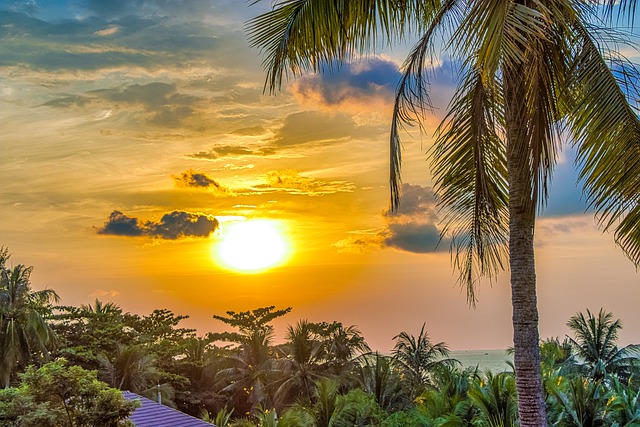 South Vietnam
South Vietnam
Ho Chi Minh City, The Mekong Delta, Phu Quoc & Con Dao, Phan Thiet & Mui Ne, Ho Tram & Long Hai
With temperatures remaining constant year round, the climate of the south is split into two simple seasons, wet and dry. The dry season begins in November and ends in April/early May with late February to May being slightly hotter and more humid. The wet season lasts from May until early November with the months from June, July & August receiving the highest rainfall of the year. Throughout much of the wet season rainfall is generally heavy but short lasting, often occurring in a mid-afternoon heavy downpour.
The average temperatures in the south range between 25 – 35°C year round.
In the far south, the islands of Phu Quoc and Con Dao can be enjoyed year-round, with high chances of sunny days, although if visiting outside dry season, afternoon downpours should be expected.
Festivities
Tết celebrations marks Vietnamese New Year and usually takes place around the end of January or early February. The festivities are heaps of fun, but keep in mind that travel during this time can be challenging.
If you would like to experience the hectic, beeping streets of Ho Chi Minh City (locally referred to Saigon) you should visit between November and May, when temperatures hover around 30°C and the chance of rain is little, you will experience very few showers during the afternoons.
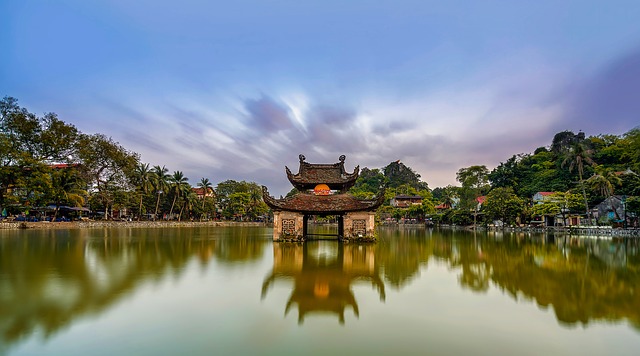
Health Concerns
As the world is fighting Covid-19, planning to travel may not be the best. After a week with no new Covid-19 cases, Vietnam’s government had just eased its 22-day social distancing initiative, allowing some businesses to reopen on April 23. Signs of life had already begun to emerge the prior day. Domestic tourism is now resuming and airlines increase flight schedules and hotels re-open throughout the country. International flights are planned to be resumed in June. With just 270 cases and zero coronavirus deaths, Vietnam has emerged as the first Southeast Asian country to pull its tourism sector. Let’s start planning your next adventure!

Visit our selection of luxury villas in Vietnam https://hauteretreats.com/city/ninh-binh/

